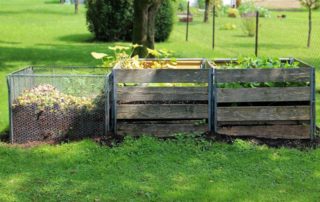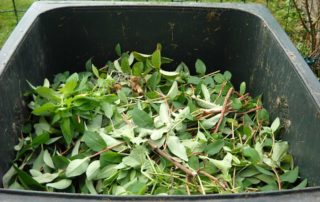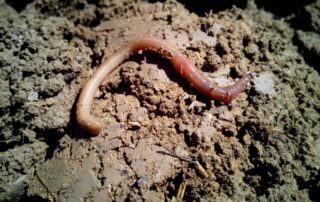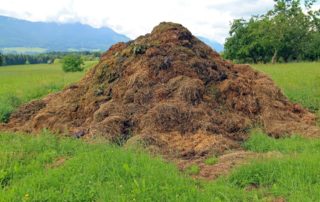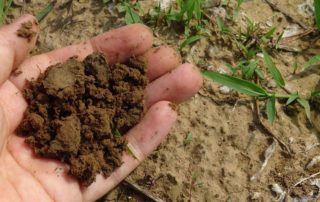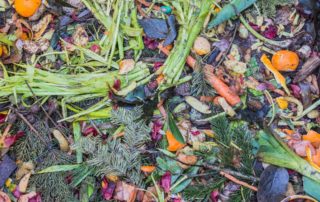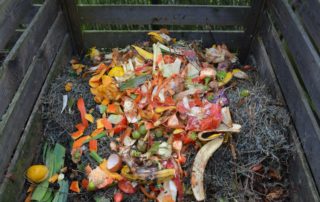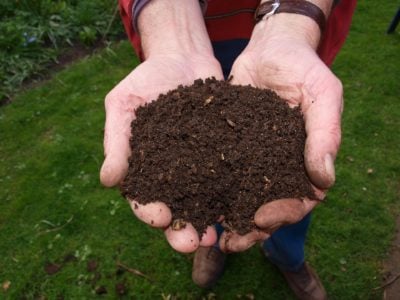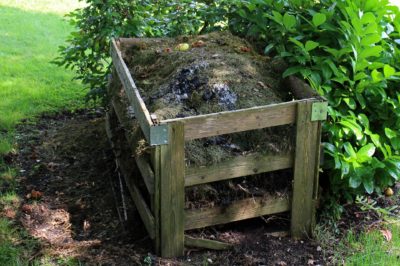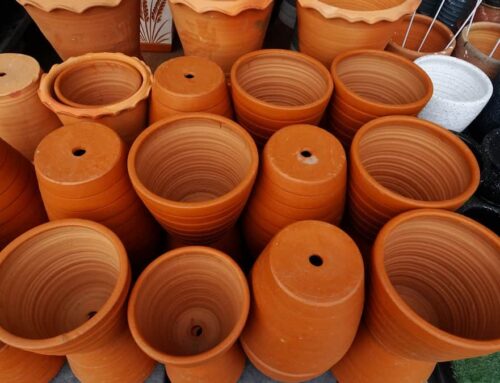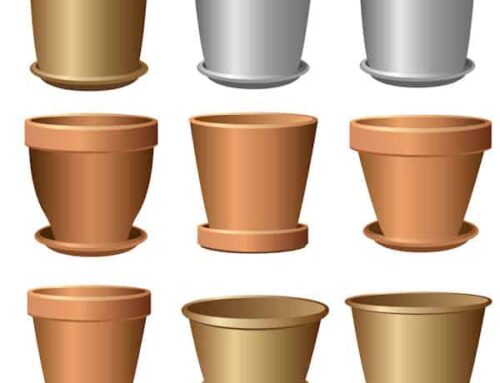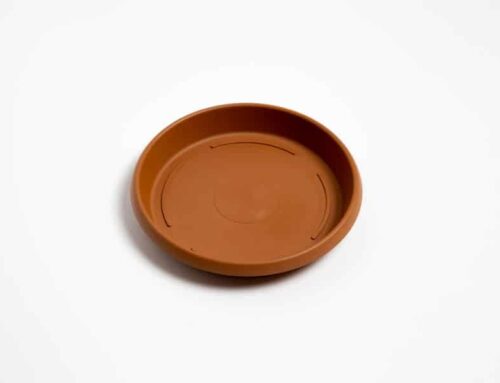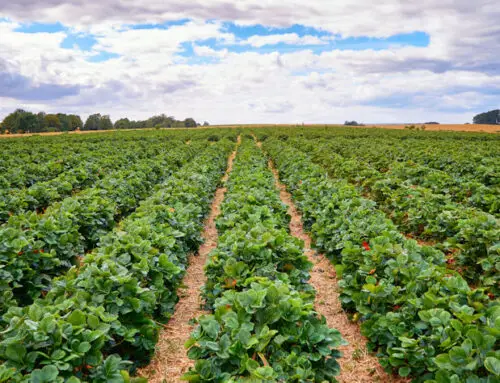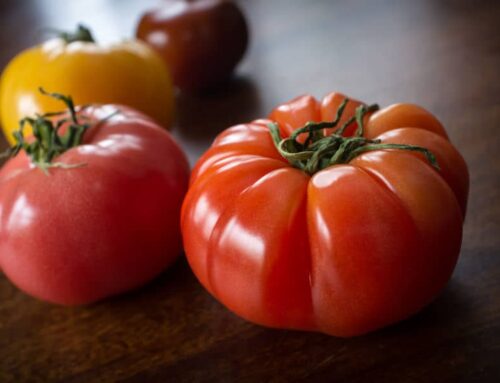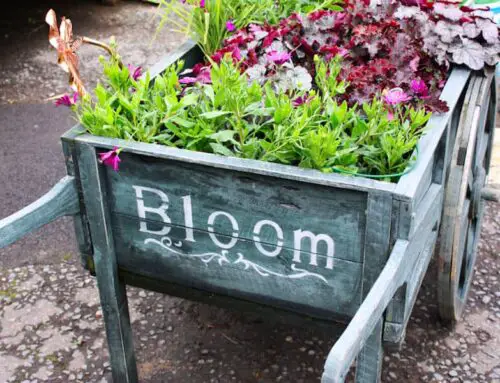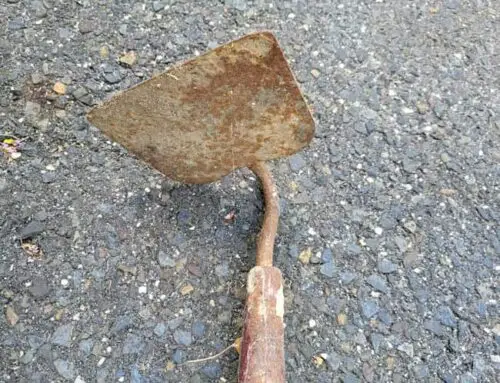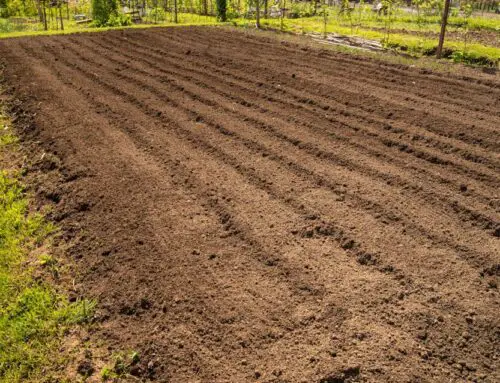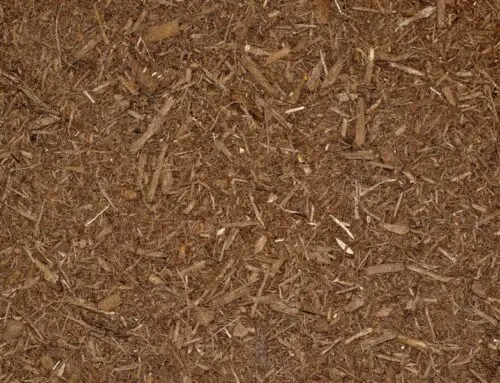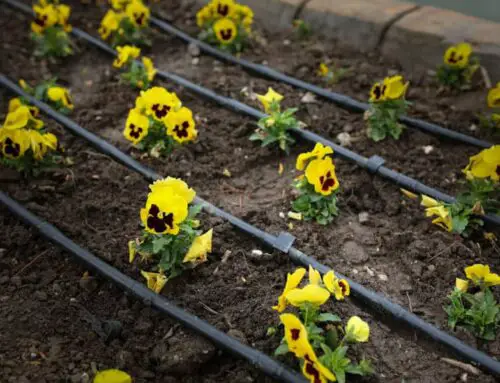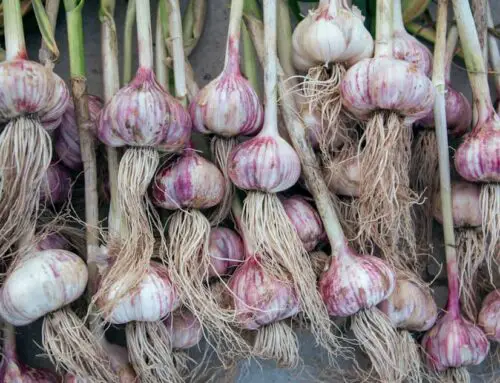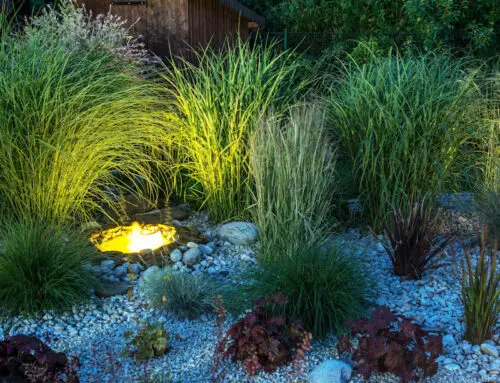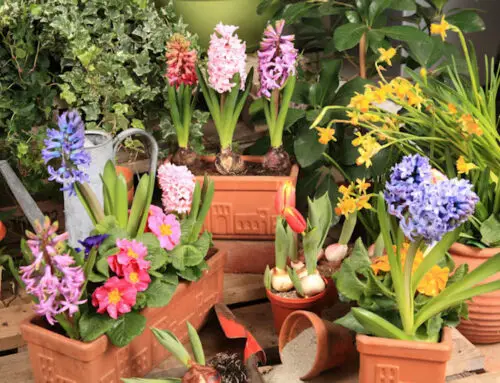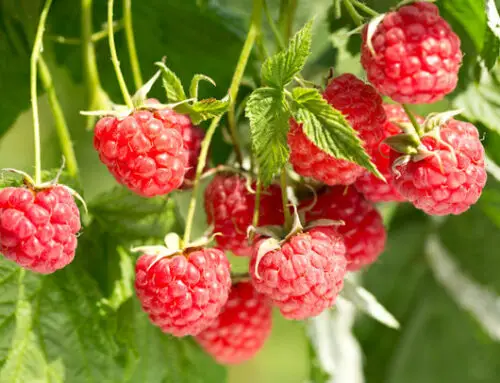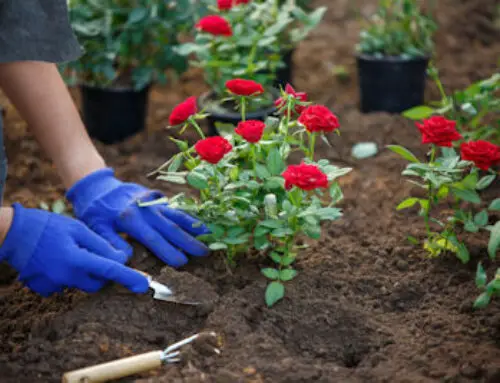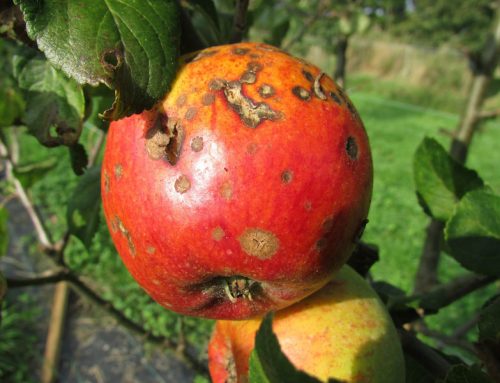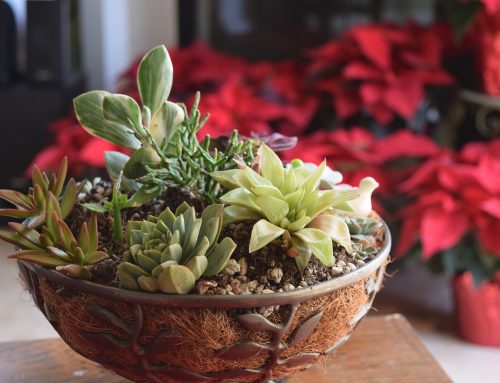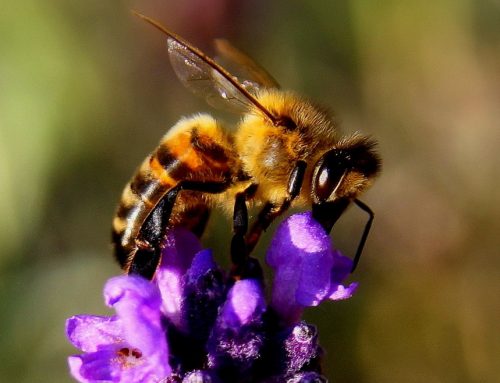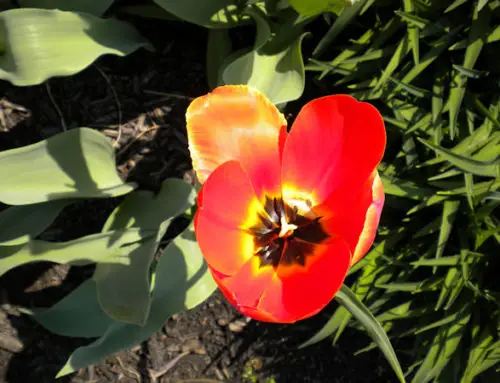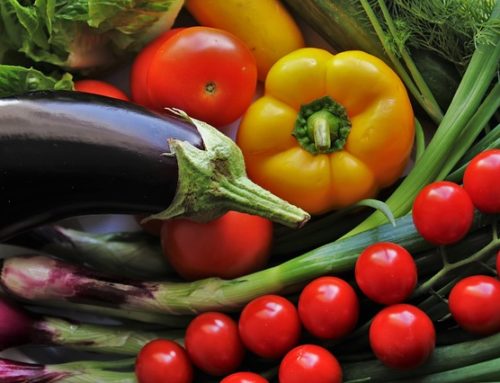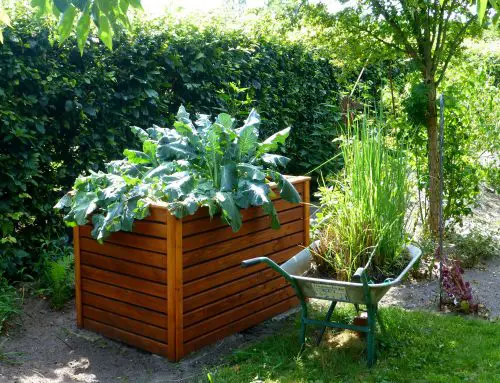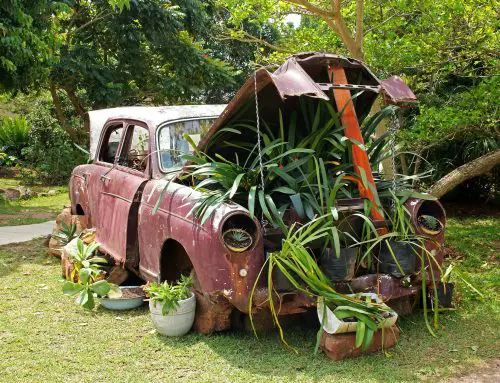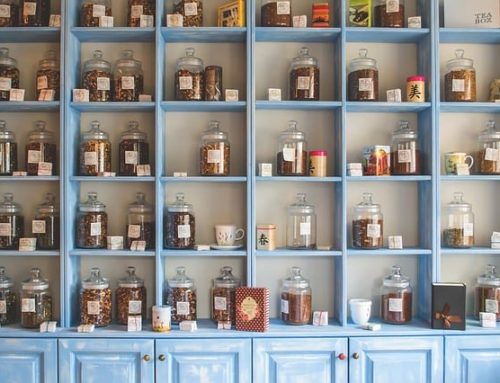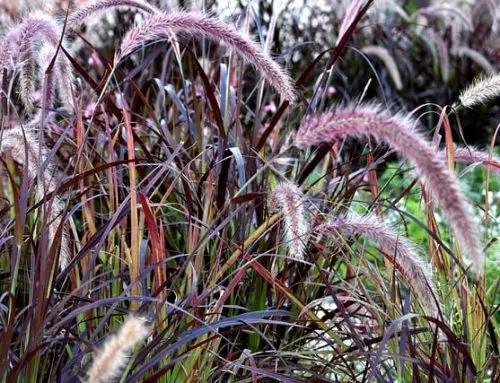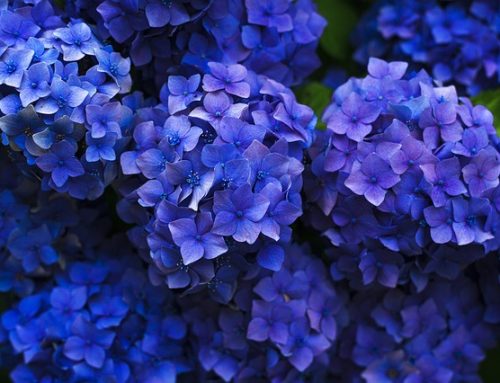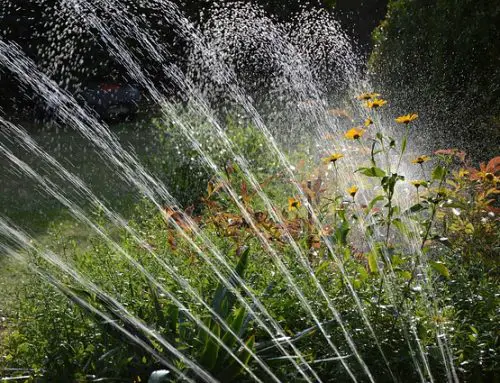Home composting is one of the best ways to add organic matter to your garden soil. Many people choose to make their own compost instead of buying it. This allows them to know exactly what goes into the product and also helps to cut down on food/green waste from their homes. Very simply put, home composting is the process of heaping green waste (yard clippings, food scraps) into piles and letting it break down into humus after weeks or months.
What is Home Composting
The composting process is amazingly rich in nutrients and helps immensely to improve soil structure and drainage. It is used extensively in gardening, landscaping, and both commercial horticulture and agriculture applications. Adding compost also aids in ecosystem sustainability by reducing erosion, increasing the soil population of beneficial microbes, and lessening synthetic, chemical inputs such as fertilizers and pesticides.
How to Make a Compost Pile
Making your own compost does entail more than throwing yard and table scraps into a heap in the corner of your garden though. It is important to learn how to start composting and understand the composting methods to produce high quality compost for your garden and flowerbeds.
- Clear a space in your yard/garden exposing bare earth to start your compost pile on. This will allow worm composting to begin. Earthworms and other beneficial organisms will come up out of the soil into the compost pile. These organisms drive the decomposition process.
- Spread a layer of straw or twigs down on the bare ground. A couple inches worth of material will suffice, and will help to aerate the pile and provide good drainage.
- Add materials to be broken down in layers, alternating between wet and dry layers. Wet layers consist of food scraps, tea bags, etc. Dry layers can be straw, dried leaves, sawdust pellets, etc.
- Incorporate a nitrogen source such as manure or grass clippings. Nitrogen is needed for the decomposition process and will help to activate the pile.
- Water the pile occasionally, or let natural rainfall do its job. The compost pile should be moist but not overly wet.
- Cover your compost pile with plastic sheeting, wood, or anything you have available. This will keep extra rainfall from making it too wet while also retaining moisture.
- Every couple of weeks “turn” the pile with a shovel or pitchfork. This adds oxygen to the pile, a key component in the process.
- Add new materials by mixing them in when you turn the pile instead of layering them.
There are many options available if you want to purchase a compost bin tumbler or a home composting system, but just having a compost pile in your yard will work just as well. It just needs a little extra help from you as you need to turn it periodically.
Best Compost
The secret to maintaining a healthy home composting pile is the correct ratio of carbon to nitrogen. Most decomposable materials are carbon or nitrogen-based to varying degrees (for simplicity sake). Carbon based materials give compost its light, fluffy body and typically consists of items that are more wood based, or fibrous: dried leaves, branches, stems, sawdust, tree bark, corn stalks, wood ash, pine needles, peat moss. Nitrogen or protein-rich material (manures, food scraps, green leaves) provides the raw materials needed for the enzymatic reactions that must occur. A simple rule of thumb is to make sure your compost pile has 2/3 “brown” (i.e. carbon based materials) and 1/3 “green” (nitrogen based) materials. You always want the ratio to skew towards more carbon than more nitrogen. The brown materials tend to add bulk to the pile without adding a lot of weight and help encourage air circulation, allowing oxygen to penetrate.
As the bacteria in the pile work to break the materials down, it will cause the compost pile to heat up and turn some of the moisture into steam. This is not a problem! Just make sure to actively manage the pile. As the temperature rises in the compost pile it will become necessary to add more water and turn the pile more frequently to allow the process to continue.
Materials to Avoid in Home Composting Pile:
- Raspberry brambles
- Big branches
- Pet waste
- Meat
- Bones
- Dairy products
- Diseased plants
- Fats or oils
- Pressure treated wood
- Black walnut leaves or twigs
When your compost is ready to use it will look, feel and smell like really, really dark soil. Your pile will have shrunk significantly in size to about one-half its original size and none of the original materials will be recognizable. The pile will no longer be generating heat the way it did when the process was active.
Benefits of Composting
Making your own compost is a great way to break down yard and kitchen scraps while creating a product that will greatly enhance the quality of your garden. Compost will add nutrients and beneficial microbes to the soil while increasing the drainage, and enhancing the soil structure.

